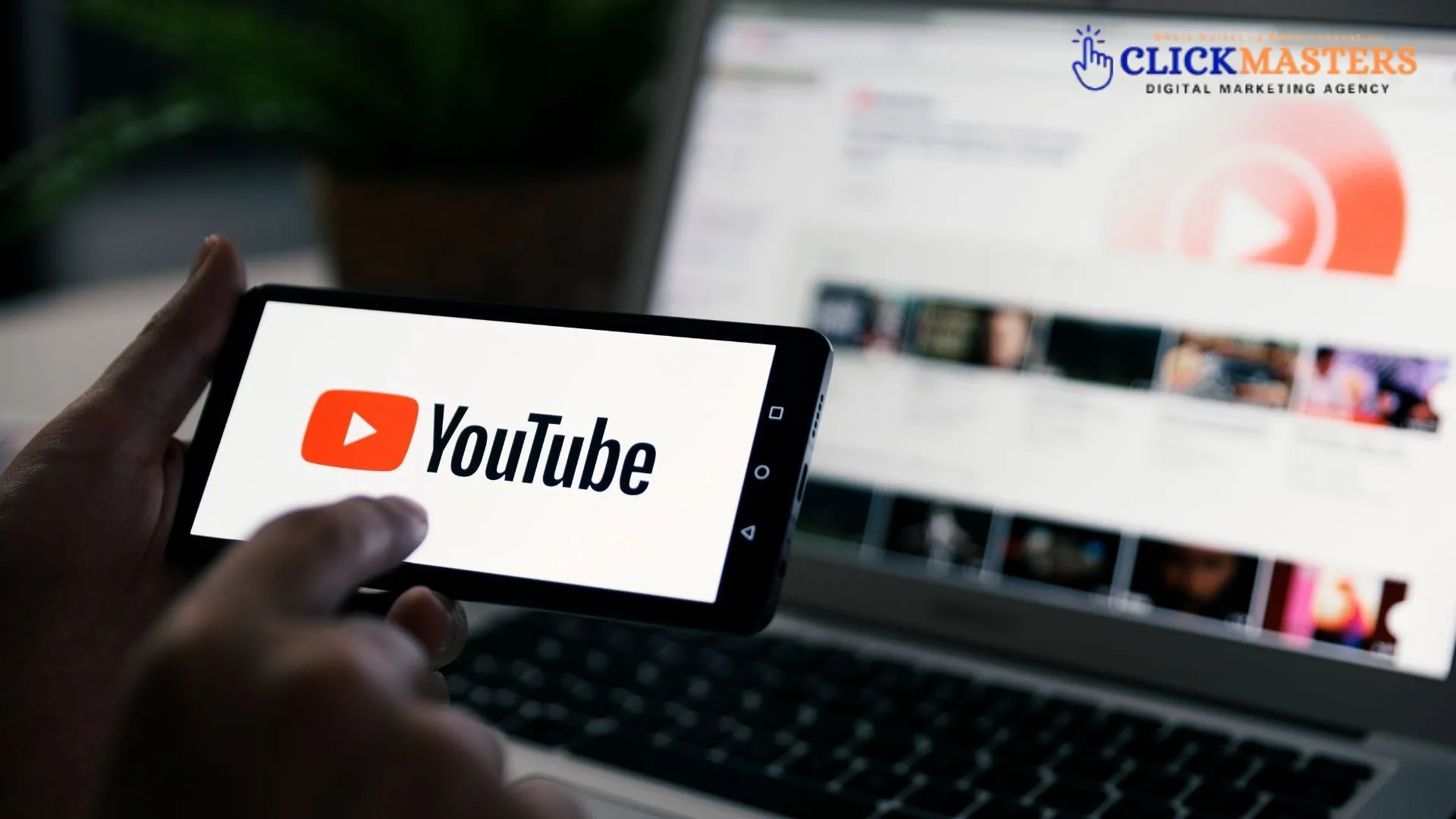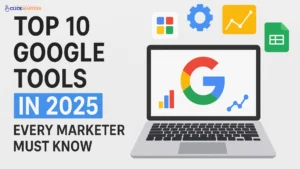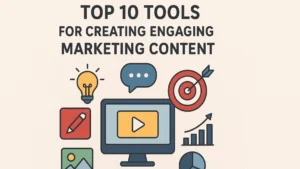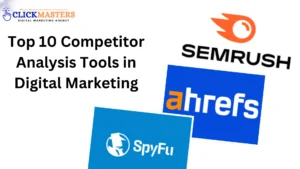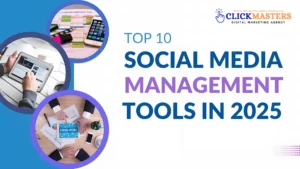In today’s digital landscape, video content has become one of the most engaging forms of media on the web. Not only does it capture attention, but it also significantly impacts SEO. Video SEO refers to optimizing video content to rank higher in search engine results on platforms like Google and YouTube. By improving your video content’s visibility, you can attract more organic traffic to your website or YouTube channel, increase engagement, and improve your SEO rankings. Video SEO is essential for businesses, marketers, and content creators who want to stay competitive in the online space. This guide will walk you through the best practices for video SEO optimization, YouTube video SEO, and Google search video optimization techniques.
Why Video SEO Matters
The importance of video SEO cannot be overstated. Here’s why:
Videos Enhance User Engagement
Videos are a highly engaging medium. Studies show that users are more likely to interact with video content than text or images. This increased engagement signals to search engines like Google that your content is valuable and relevant, potentially improving your rankings.
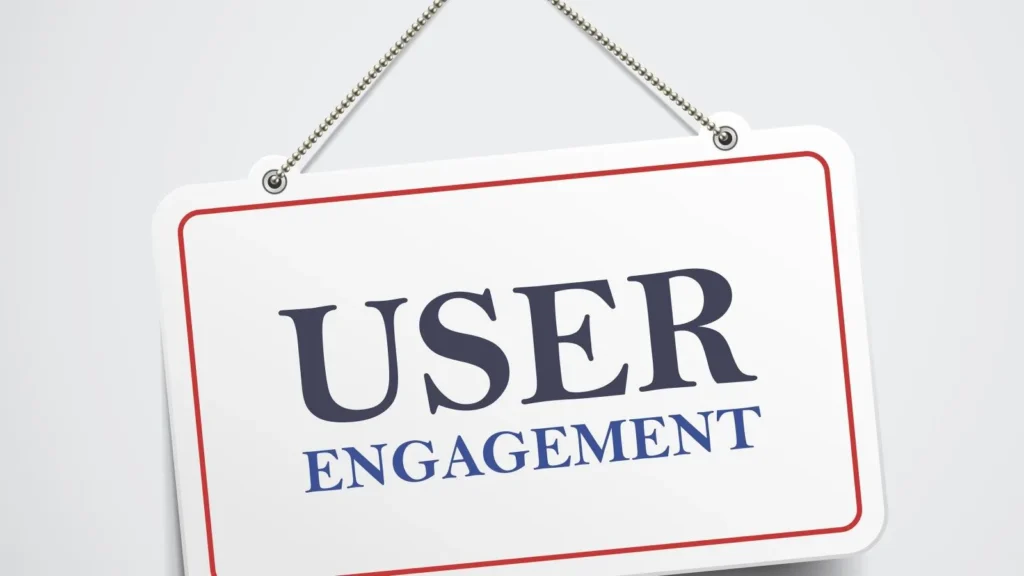

Videos Improve Dwell Time
Dwell time refers to how long a user stays on your webpage. When you embed videos on your site, users tend to stay longer to watch them. Longer engagement times reduce the bounce rate and send positive signals to search engines about the quality of your content.
Videos Rank in Google Search
Google’s algorithms have evolved to prioritize rich content, and video content is an essential part of this. By optimizing your videos for SEO, you increase your chances of ranking on the first page of Google’s search results, particularly in the “Video” section.
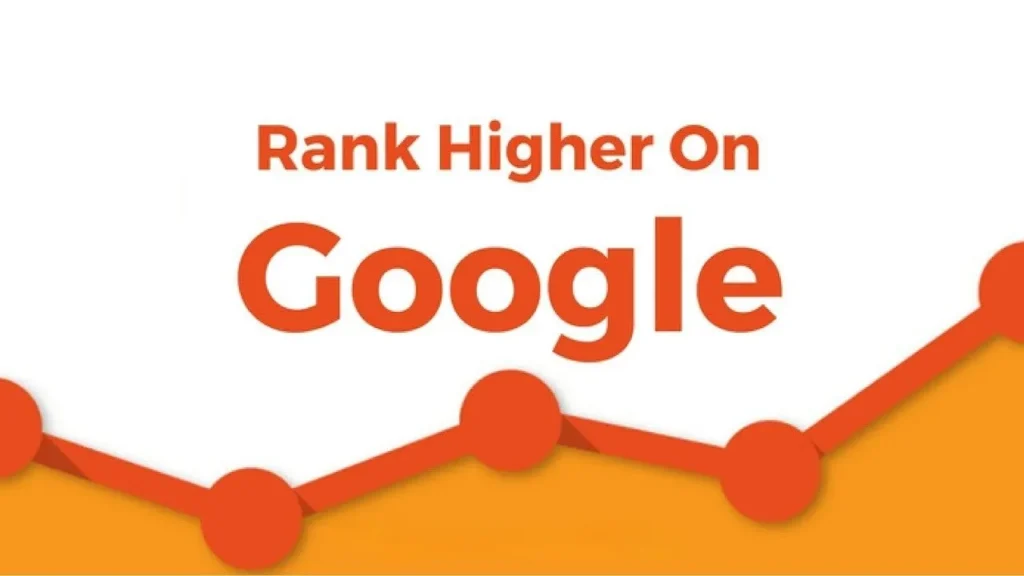

Videos Rank on YouTube
YouTube is the second-largest search engine in the world, with billions of users searching for videos daily. Optimizing your YouTube video SEO will help you rank higher in YouTube search results and increase the visibility of your channel.
Video SEO Optimization Strategies
To improve your rankings on Google and YouTube, follow these video SEO optimization strategies:
- Conduct Keyword Research
The first step in video SEO optimization is finding the right keywords. Use tools like Google Keyword Planner, SEMrush, or Ahrefs to identify high-volume, relevant keywords for your video topics. Incorporate these keywords naturally into your video titles, descriptions, and tags. - Optimize Video Titles
The video title is one of the most important factors in video SEO. Make sure to include your primary keyword in the title while keeping it compelling and engaging. Keep the title under 60 characters to ensure it displays correctly in search results. - Write Descriptive Video Descriptions
Your video description should be informative and include relevant keywords. YouTube and Google use video descriptions to understand the content of the video. Write at least 150-200 words, including primary and secondary keywords, and provide a summary of what the video is about. - Use Tags Effectively
Tags help YouTube understand what your video is about. Include a mix of broad and specific tags to improve your chances of appearing in related searches. Use keywords like “video SEO,” “YouTube video SEO,” and other long-tail keywords that are relevant to your content. - Add Closed Captions and Transcripts
Closed captions and transcripts are essential for both user accessibility and SEO. By including transcripts, you make your video content searchable and ensure that search engines can crawl it. This improves your chances of ranking higher in search results. - Optimize Video Thumbnails
Your video thumbnail acts as a visual ad for your video. Create eye-catching thumbnails that accurately represent your video content. Thumbnails can affect your click-through rate (CTR), which is an important ranking factor for both Google and YouTube.

How Our Agency Boosts Your Website Traffic
- SEO That Brings Long-Term Success
- Transform Your Traffic into Loyal Customers
- SEO Strategies for Sustainable Growth
How YouTube Video SEO Can Skyrocket Your Traffic
When it comes to video content, YouTube video SEO is the platform where most content is consumed. YouTube SEO requires specific strategies:
- Choose the Right Category and Tags
Selecting the right category for your video helps YouTube place it in front of the right audience. You should also use relevant tags that help YouTube’s algorithm categorize and recommend your videos.
- Engage with Your Audience
Engagement is crucial for YouTube video SEO. Encourage users to like, comment, and share your videos. The more interaction your video receives, the higher it will rank.
- Use YouTube Analytics
YouTube Analytics provides valuable data on how well your videos are performing. Use this data to adjust your content and SEO strategy accordingly.

Google Search Video Optimization
Videos don’t just rank on YouTube—they can also appear directly in Google search video results. Here’s how you can optimize videos for Google search:
- Embed Videos on Your Website
Embedding videos on your site increases the likelihood of your video appearing in Google’s video results. Make sure the video is relevant to the content on the page and that the page is optimized for SEO as well.
- Use Video Schema Markup
Schema markup helps search engines understand the content of your video. By adding video schema markup, you increase the chances of your video appearing in rich snippets or the video carousel in Google search results.
- Optimize Your Video’s URL
Your video URL should be clean and descriptive. Avoid using generic file names. Instead, include the title of the video with relevant keywords.

Best Practices for Video Content
To ensure your video content is optimized for SEO, follow these best practices:
- Keep Your Videos Short and Engaging
Aim for videos that are between 2-5 minutes. Keep them concise, engaging, and informative to maximize viewer retention.
- Upload Regularly
Consistency is key to growing your audience. Upload videos on a regular schedule to keep your channel active and engaging.
- Promote Your Videos
Share your videos across social media platforms, blogs, and email newsletters to increase visibility and drive traffic to your videos.
Measuring the Success of Video SEO
After optimizing your videos, it’s important to track their performance. Use these tools to measure success:
- Google Analytics: Track traffic and user engagement.
- YouTube Analytics: Measure views, watch time, and user interaction.
- SEMrush or Ahrefs: Track keyword rankings and traffic sources.
Video SEO Mistakes to Avoid
While video SEO is crucial, many content creators make common mistakes. Avoid these to maximize your efforts:
- Ignoring Mobile Optimization
Ensure your videos are mobile-friendly. A large percentage of users watch videos on mobile devices, and Google prioritizes mobile-friendly content.
- Overstuffing Keywords
Keyword stuffing can harm your rankings. Use keywords naturally in titles, descriptions, and tags.
- Forgetting Video Quality
Always prioritize quality over quantity. High-resolution, well-edited videos are more likely to engage viewers and rank well.
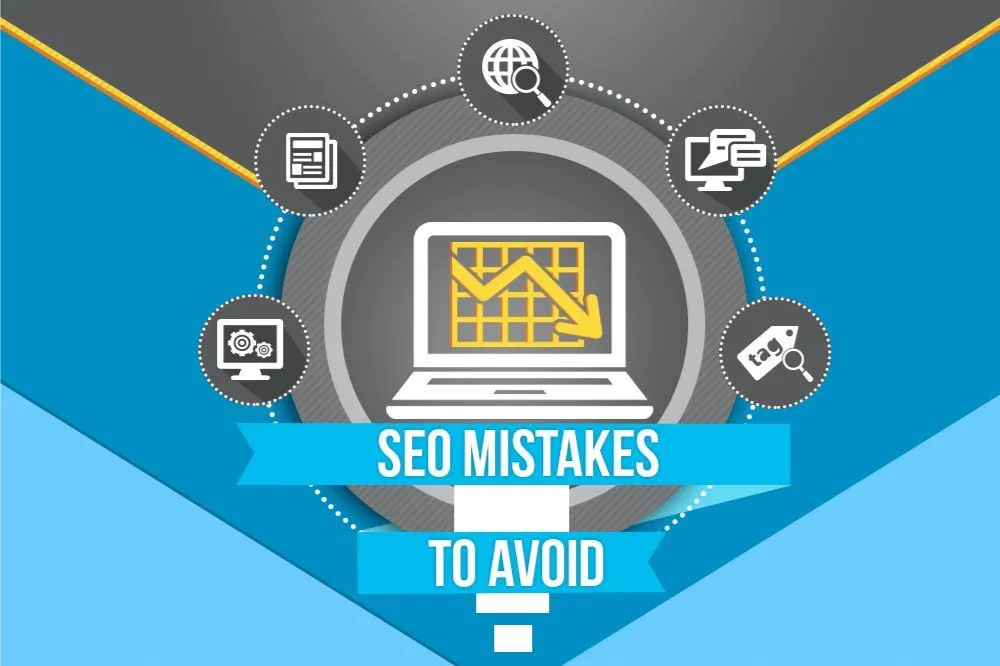
Conclusion
Video SEO is a crucial strategy for boosting search rankings on both Google and YouTube, driving organic traffic, and increasing audience engagement. By optimizing key elements such as video titles, descriptions, tags, and thumbnails, you can make your content more discoverable and appealing to users. Incorporating relevant keywords through research, adding closed captions for accessibility, and creating engaging, high-quality videos aligned with audience intent are essential steps for success. Embedding videos on your website, sharing across multiple platforms, and leveraging analytics to track performance further enhance your reach and effectiveness. These best practices for video SEO, including YouTube optimization and Google search techniques, can help you stand out in a competitive market, attract more viewers, and achieve sustained success in your video marketing efforts.

How Our Agency Boosts Your Website Traffic
- SEO That Brings Long-Term Success
- Transform Your Traffic into Loyal Customers
- SEO Strategies for Sustainable Growth
FAQs
What is Video SEO?
Video SEO (Search Engine Optimization) is the process of optimizing video content to improve its visibility and ranking in search engine results, including Google and YouTube. It involves using relevant keywords, engaging thumbnails, captions, and metadata to enhance discoverability. Video SEO helps drive organic traffic, increase engagement, and improve overall audience reach.
How do I optimize my YouTube videos for SEO?
To optimize your YouTube videos for SEO, start by using relevant keywords in the title, description, and tags. Create an engaging thumbnail, include closed captions, and add a detailed video description with timestamps for better visibility. Promote your videos on social media and analyze performance metrics to refine your strategy.
Can video SEO help my Google rankings?
Yes, video SEO can significantly boost your Google rankings by making your content more engaging and visible in search results. Optimized videos can appear in Google’s video carousel and drive higher click-through rates. By improving dwell time and reducing bounce rates, video SEO enhances overall site performance, positively impacting rankings.
What are some common video SEO mistakes to avoid?
Common video SEO mistakes include neglecting to use relevant keywords in titles, descriptions, and tags, which hinders discoverability. Other errors include using poor-quality thumbnails, skipping captions or transcripts, and failing to optimize video loading speed. Additionally, ignoring analytics and not promoting videos across platforms can limit their reach and impact.
How can I track the performance of my video SEO?
You can track the performance of your video SEO using tools like YouTube Analytics and Google Search Console. Monitor key metrics such as views, watch time, click-through rates, audience retention, and search impressions. Additionally, analyze traffic sources and keyword rankings to refine your optimization strategy and improve results.

